How to Scale a Handcrafted Business the Smart Way
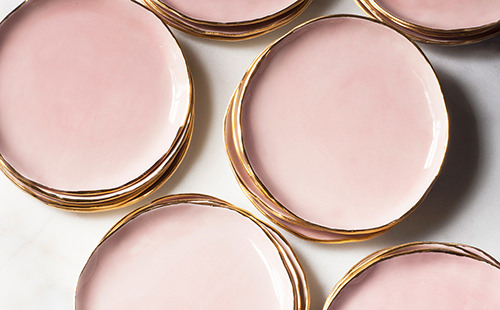
I admire business owners who are able to successfully balance risk-taking with steady, sensible growth and change. I have an interesting story for you today, a real-life tale of a ceramicist who gained a huge Instagram following, began selling out of products 8 minutes into each re-stock, then spent every day since then carefully growing her business, adding to her team, and finding ways to scale up production without burning out or losing the interest and passion in the handcrafted nature of her product.
This is an interview with Lindsay Emery. I’ll let her introduce herself:
Hi, I’m Lindsay Emery. I’m the owner, designer and ceramicist behind Suite One Studio. I have a broad aesthetic vision paired with the simple desire to make mealtimes more beautiful.
Suite One Studio items are produced in short runs in my cozy studio in North Carolina. The small batch nature of my work results in coveted limited editions. I work with high quality porcelain, formulate my own chic, colorful glazes inspired by watercolor paintings, and finish many of my pieces with a delicate flourish of genuine gold. Exclusive collaborations are available through a select handful of high-end boutiques and thoughtfully curated shops around the world.
Few things make me happier than good food shared with good people. I work to design and make tableware special enough to accompany the heartfelt gatherings that make up some of our most memorable moments together. In short, I believe that your plates should earn their seat at your table, and that together we can make mealtimes everywhere more beautiful.

What do you create and what makes it special?
I create modern, handmade porcelain under my company, Suite One Studio. I design and produce the products in-house, each item is decorated with handmade glazes, and finished with handpainted flourishes of genuine gold. My work offers a unique perspective to the handmade pottery market because my items are distinctly feminine, glamorous even, yet they’re produced in traditional pottery making techniques most commonly associated with rustic stoneware pottery. This modern, feminine aesthetic, the layered, handmade, watercolor glazes and a weekly release of these highly coveted pieces sets my work apart.
Is your product entirely handmade? Could you describe who makes your product and how? How has that changed over the life of your business?
All of the Suite One Studio porcelain items available on my site, suiteonestudio.com, are entirely handmade, though the production process has changed over the years. Initially I threw all of my work on a pottery wheel, then I began rolling slab products with a small, kitchen rolling pin, then I upgraded to a large slab rolling table, and now we’re beginning to slip-cast some products by hand, into molds we make from my handmade originals. Although the process has undergone changes over the years, the focus has remained consistent—that of quality, commitment to details, and a hands-on intensive process that best suits the current demand of Suite One Studio products.
I released a licensed design collaboration with Anthropologie this year and those products are produced entirely through Anthropologie’s established factory relationships. I designed the products and collaborated with their design team to translate my ideas and porcelain samples to a commercial product that would best resonate with their customer. The finished products are different than the porcelain produced in my own studio, but the aesthetic and hand painted details remain consistent with the Suite One Studio brand. It’s incredible to work on this design collaboration, and I’m excited to offer my designs to a worldwide audience through their support, all at a lower price point than my handmade porcelain.
Is it important to you that your product stays handmade, and why?
This is an interesting question and one I can’t easily answer. Ceramic production is primarily commercial manufacturing, and has been for centuries. This is the most cost effective way to create ceramic products on a large scale, and there isn’t an equal handmade substitute in terms of volume. However, there are attributes of handmade work that I would miss if my work were to transition completely to commercial manufacturing. The system we have now is a great in-between. I still work with every design and we have our hands on every single product along its production journey in my studio.
When I first began working with my team to make molds of my handmade originals I was skeptical that slip casting would allow my aesthetic to remain the same. To my surprise, the slipcast items are indistinguishable from the slab rolled, or wheel thrown versions. Before making any production changes we test and test and test. I can’t reiterate how important careful, deliberate scaling has been for my business’s sustained growth. The collaboration with Anthropologie is a great example of what I’ll call, a handmade-hybrid product. I still design and make the original items that are cast, and the goods are produced commercially with hand-painted details on every piece.
For weekly tips like this, subscribe to our newsletter
"*" indicates required fields
How long have you been in business? What can you pinpoint as a turning point to your business’ popularity? What propelled you forward and how did you know you’d “made it?”
I started Suite One Studio in November 2009 and it’s been an obsession ever since. I’m always looking to better improve my product, my brand, my website, photography, social media presence, etc. It never stops, and there hasn’t been a single glaring moment of success or achievement that really makes me feel like I’ve “made it.” Don’t get me wrong, my business has been successful and I’m immensely proud of what I’ve created. I’ve had incredible press along the way, amazingly supportive fans who are my best growth tool, and I’ve definitely been propelled forward again and again by these things. I think it’s tempting to let contentment sneak in, and that’s a state of mind that I work against. Not being able to pinpoint an exact turning point is simply part of my perspective. I’m always working towards growth and what I can do next to be even better.
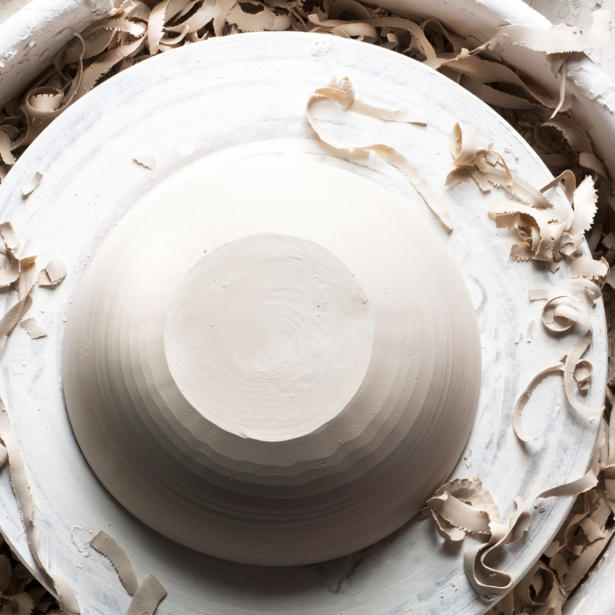
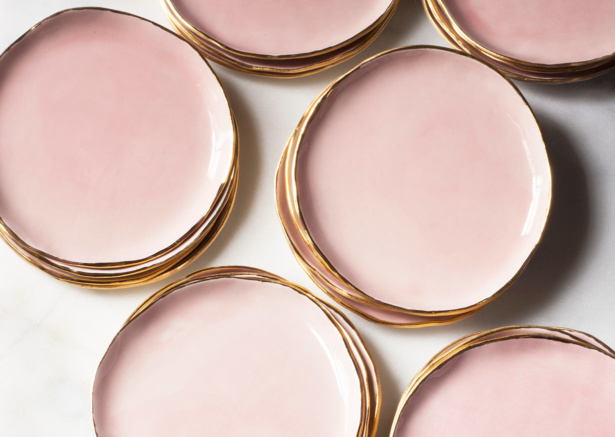

How often do you release products, and how quickly do they sell out? Is your shop ever empty?
I release products weekly, every Tuesday at 7 PM EST. It’s one of the things that sets my business apart and it just kinda happened. One of the key approaches I have with my business is to see every “problem” as an opportunity. When I moved my business off Etsy in 2012, I already had a social media following. It was small, but these were key repeat customers who sustained my monthly sales. I would add items to my site the way I had with Etsy– a little here, a little there, whenever I had time to list. This worked on Etsy, probably because their categories were all chronological at that time, but now on my own site I needed to create my own traffic and communicate with my fans directly. Setting a weekly release date made a lot of sense. The production flow in the studio with the multiple kiln firings that go into each product made sense for this too, so I went with it.
Then my Instagram following exploded and with it demand. Suddenly my little weekly restock wasn’t working for production, or demand, but I’d become known for the novelty and adrenaline rush these restocks incited so I didn’t want to abandon it. We began selling out of inventory in 30 minutes, then 15 minutes, then 8 minutes. I knew I had a “problem.” That was the end of 2015 and I’ve been working every day since to make production changes to better meet the demand for my work.
Yes, the shop was empty, most of the time even! We’d have products for a few minutes once a week and then nothing at all. While it may have looked like nothing, behind the scenes a lot was happening. We needed to reevaluate everything. We began buying materials in bulk, making glazes in larger batches, streamlining production, and editing the collection down to a smaller more manageable assortment. I still offer a wide variety of items, but I don’t offer every single design idea or every new glaze sample anymore. Now I use a seasonal set of products and colors which keeps things fresh and changing in the shop while still consistently offering popular products customers have come to expect.

How many items would you have in stock when you were selling out so quickly?
We’ve stocked about a week’s worth of work since 2012, which is what makes my business growth really interesting. It’s been a lesson in patience for me, because growing big really fast is enticing. I’ve watched many businesses suffer from this approach, and my caution has turned into a deeper resourcefulness and deliberateness that I don’t know that I would have learned otherwise.
As the solo maker with two kilns from 2012 to spring 2015 this ranged from 20-50 items weekly. Once I had another pair of hands in the studio, and I added a third kiln, we produced 100-200 weekly for most of 2015. Around the holidays most weeks were closer to 250-300 items. This year our strategy has been to ‘work smarter not harder’ and our restocks easily pass 200 items most weeks. With the holidays coming, we’ve been prepping since spring and setting product aside with the goal of hitting 300-400 items most weeks during that season. We shift our product focus seasonally, offering more “giftables” (small, fun, lower price-point items) during the holiday rush to better satisfy needs. This is a great strategy for our production, results in faster and cheaper shipping for our customers, and it’s a great way for new customers to try the brand for the first time. If we could double that by next year, I’d be thrilled!
What advice or encouragement would you give to other handmakers?
Think about where you want your business to grow– what’s that vague, fuzzy vision of success look like for you? Now work backwards. Ask yourself a lot of how questions, like “How do I get there?” or “How do I get ____ to notice my work?” Most of my greatest successes are things I actively put into motion for myself. Accomplishments aren’t random occurrences. Be patient, these things can take a lot of time. Like years. But keep showing up, put your work out there, think about where your dream buyer already is online and get yourself there.
Ready to scale your business?
The team at Aeolidia are here to help you with your brand and online presence. Contact us today to get some help.
A Newsletter That Goes Beyond Shopify 101
It’s easy to find beginner info about ecommerce online. If you’re past that? Subscribe to our newsletter for advanced strategies and need-to-know info for established shops. You'll get:
- Weekly tips to help you market and sell your products
- Updates when there is news that may impact your site
- Round ups of interesting links and info for brands
- Invites to our live trainings and webinars
- Instant access to our past emails
"*" indicates required fields
3 thoughts on “How to Scale a Handcrafted Business the Smart Way”
Leave a Comment
Related Posts
Let's take your online shop to the next level
The Shopify websites we design have a reputation for substantial improvements to ecommerce conversion rates and online sales. Let's talk!

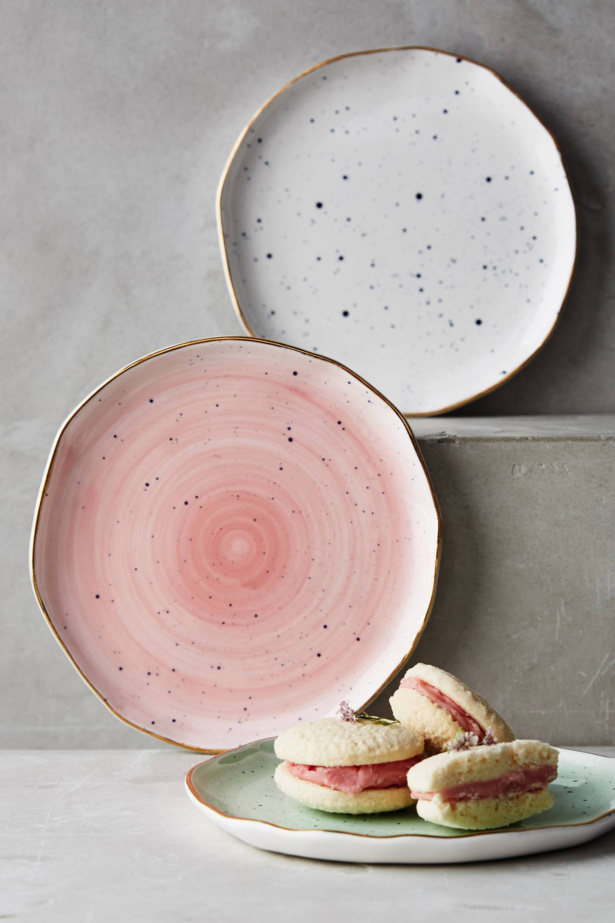
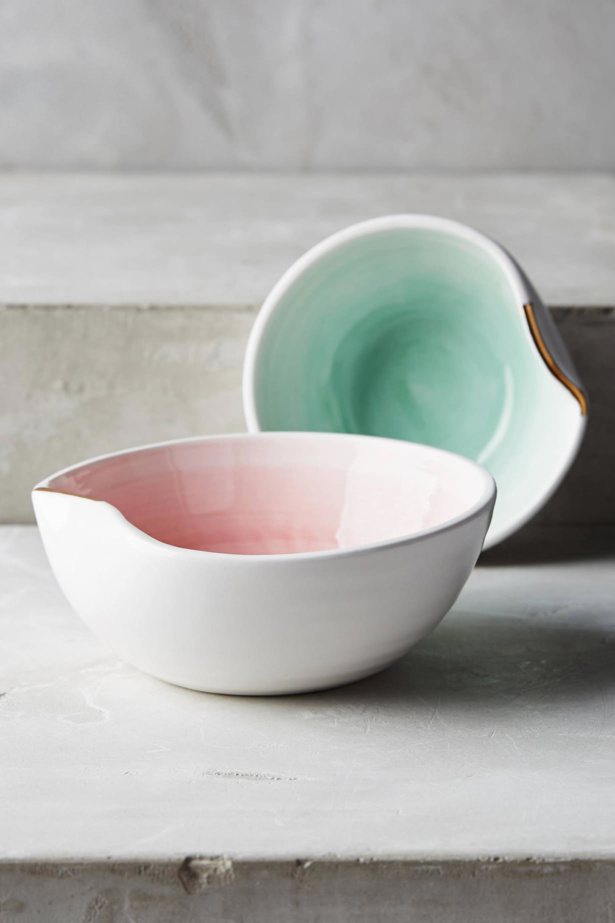


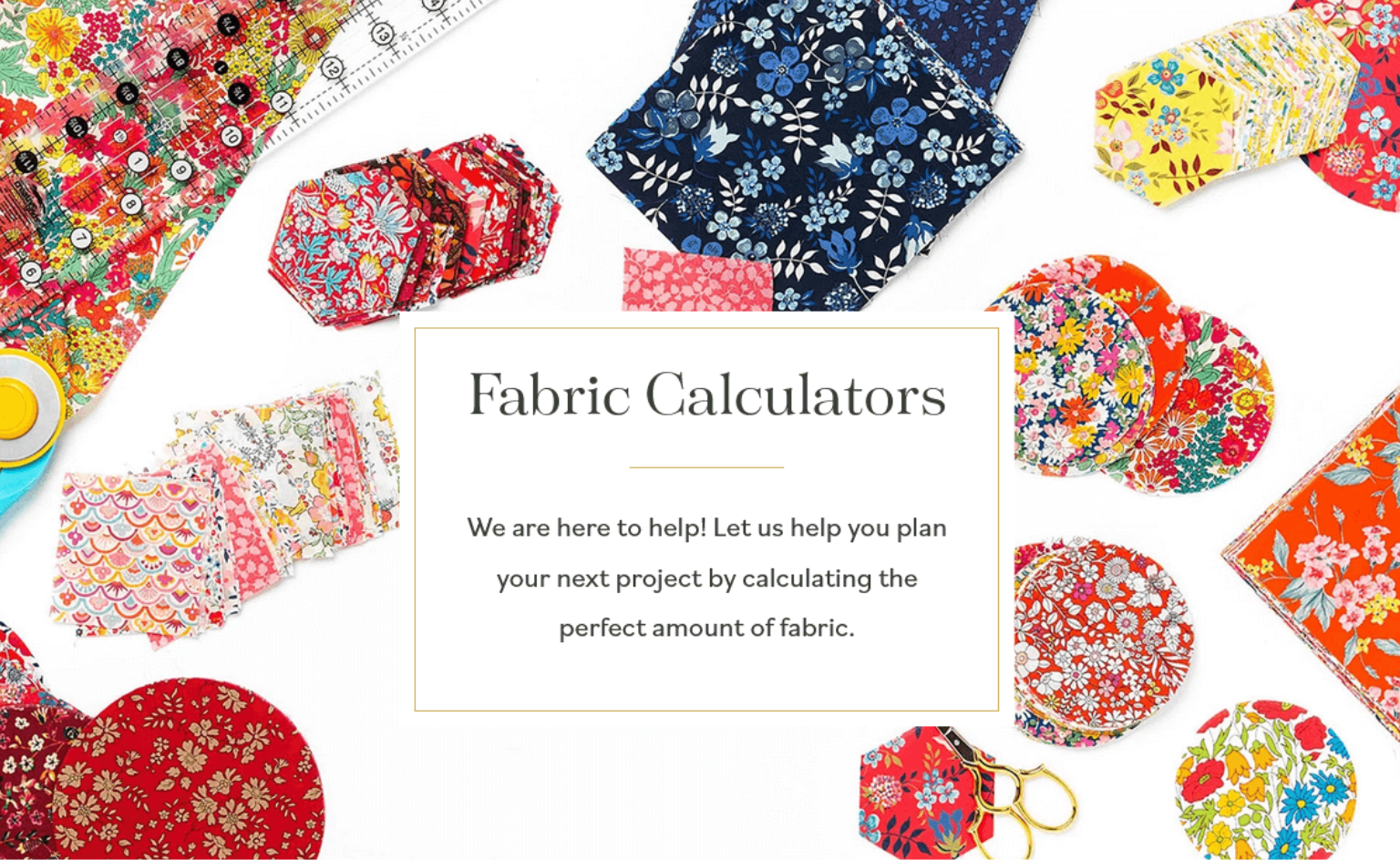










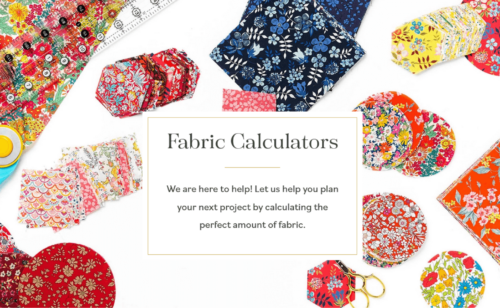

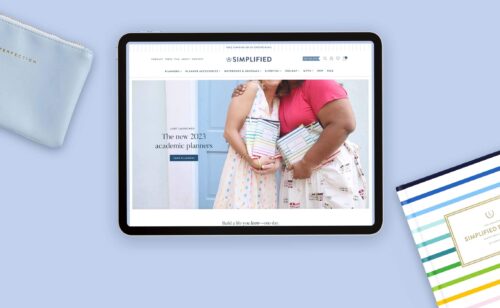
Such a great post, very thoughtful and encouraging. Absolutely beautiful work, definitely deserves a spot on a table with great food and company.
Thanks for stopping by to comment, Brenda! Yes, Lindsay’s work is so elegant and charming.
Thank you so much for this post! I’m a little late in discovering this but is has been so helpful and thought provoking. I sell ceramics online as well and have been releasing collections which have been selling out in 11 min. It’s been hard to know what steps to take and know how to scale in healthy way but thankful for little nuggets like this article to help guide!
Thank you so much!